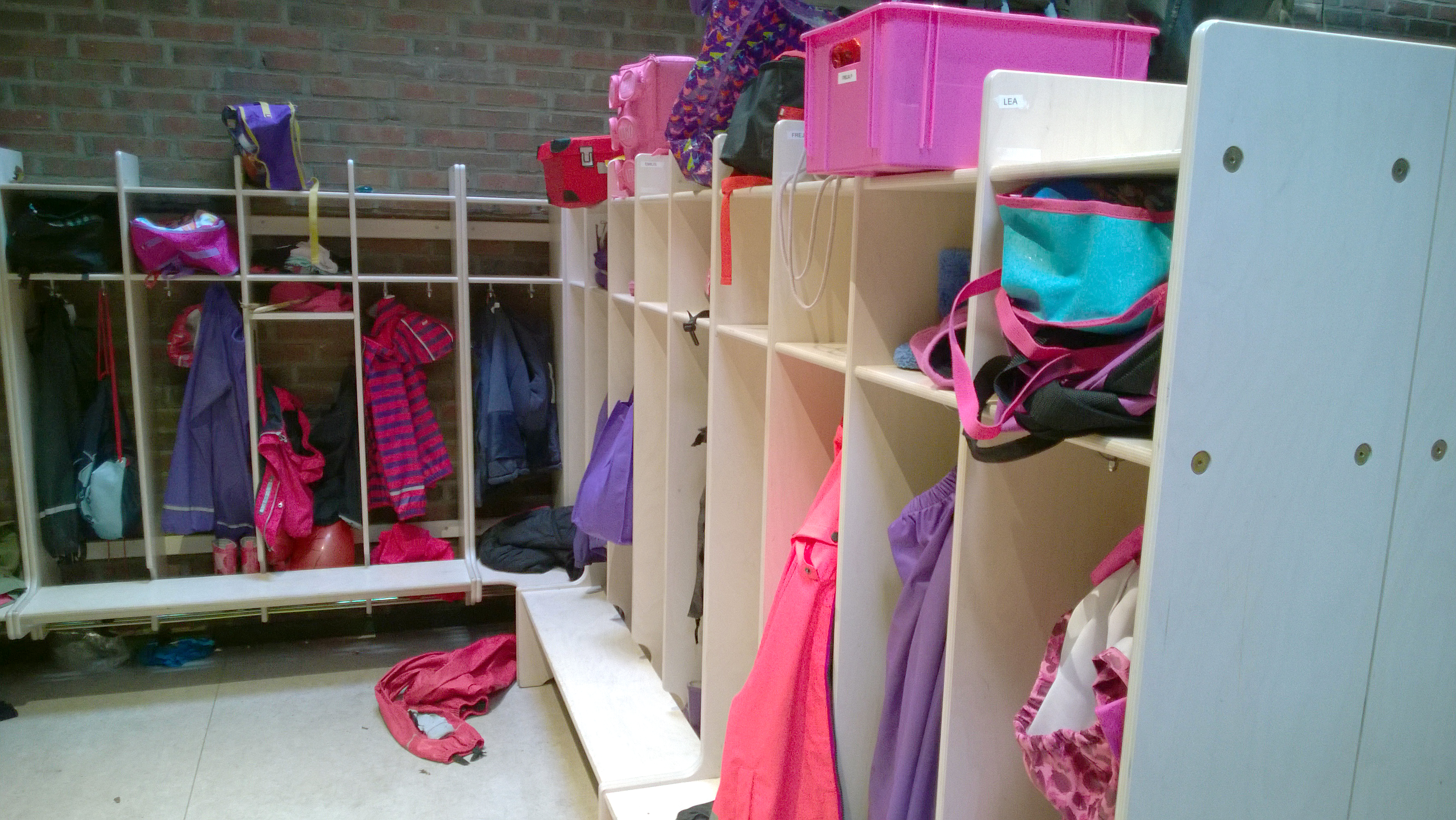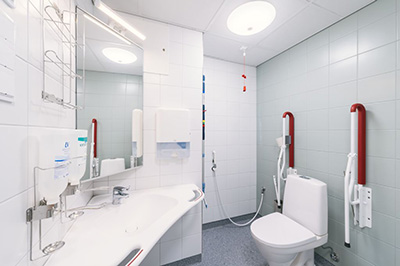Gender segregation in the Nordic labour market
Since the 1960s the Nordic countries have been renowned for their high level of gender equality as they have amongst the world’s highest employment and education rates for women. At the same time the Nordic countries also have greater horizontal segregation by sex than the rest of the EU, that is, most women work in different occupations than most men. The gender segregation of labour is often seen as the main reason behind the gender wage gap in the Nordic region. It can also cause talent to go undetected and higher unemployment rates.

The Nordic gender equality paradox
Horizontal gender segregation refers to the fact that most Nordic women still work in different occupations than most men leading to segregation between the genders. It is a paradox that this is the case when the Nordic region has one of the world’s highest employment and education rates for women.
In Denmark for instance over 60% of all workers are employed in a profession where their own sex accounts for 75% or more. Women mainly work in the public sector, often with education, care or health, while the private sector is dominated by men who often work with production and engineering. Gender segregation exists at all educational levels. Even when a woman and a man have the same educational background, research indicates that the most likely scenario is that the woman will end up working in the public sector and the man in the private sector.
Gender segregation leads to a wage gap
Professions dominated by women have a lower average wage than those dominated by men which leads to a wage gap between the genders. In the Nordic region the wage gap between men and women in 2017 was 15.3 %. Furthermore, part-time work is much more common in the traditional female professions, which also leads to a lower average income for women.
The relatively low wages in the female-dominated caring professions resulted in a series of strikes and demands for equal pay across all the Nordic countries from the early 1990s. This culminated in long-lasting and significant industrial action during the period 2005-2010 in all the Nordic countries (except for Iceland) among public employees in the caring professions. In Finland more than 12,000 nurses collectively quit their jobs in protest over their wages.
The result of the protests varied. In Finland the nurses got a 22-28% pay rise, which lifted the profession up to the average wage-level for public employees with a comparable level of education. In Norway an equal pay commission was established which after two years recommended that a special equal pay pool of three billion Norwegian Kroner should be established and used to increase the pay in the female-dominated professions in the public sector. In Denmark and Sweden the results have been less tangible, but the strikes have raised general awareness and stimulated debate in society about the question of equal pay.
In 2019 the wage levels in the professions dominated by women are still causing discussion on whether the Nordic labour model in its current form can provide an acceptable solution to the wage gap between men and women.

In the 2000s, more than 12,000 Finnish nurses protested over their wages resulting in a significant pay rise. Photo: Vantaa City Museum.
Other negative consequences of gender segregation at work
Gender segregation in the labour market may be responsible for causing an inflexible workforce. Many unemployed men and women simply do not consider changing sectors or entering a profession associated with the other sex – which in some cases can lead to longer periods of unemployment. In the 1980s gender segregation was mostly seen as a factor that caused unemployment for women. But since 2000, we have experienced periods when Nordic men for first time are starting to face higher long-term unemployment rates than Nordic women. The reason for this is that unskilled or low-skilled traditionally male jobs are the ones at greatest risk due to new technologies.
Another possible consequence of gender segregation is loss of talent. When some jobs are seen as only for one sex, employers risk not being able to recruit enough workers or missing out on those who are most qualified. Furthermore, research suggests that the most efficient workplaces are the ones with a diverse staff.
Finally, segregation in the labour market seems to lead to a traditional division of labour in the family and vice versa. Women who work in professions with low pay but with family-friendly benefits and a tradition for part-time working often end up taking the main responsibility for care work in the family – such as most of any parental leave. In fact, the unequal care burden within the family drives many women to look for shorter and more flexible hours of work, potentially exacerbating the problem. This search for family-friendly occupations often stops women from choosing work with irregular working hours and/or workload.
Root causes of gender segregation
No single factor can explain the gender segregation in the Nordic region. Indeed, the phenomenon has by and large persisted despite gender roles and women’s educational level having evolved enormously over the last 50 years. Research has pin-pointed various possible key factors which both cause and preserve the segregation in the workforce.
- Preference: Gender segregation is partly maintained by women’s and men’s preference for different jobs. Whether this difference in preference is due to biology or socialisation has been the subject of much debate.
- Stereotypes: Employers and/or co-workers often have fixed ideas about which sex does the job best leading to discriminatory practices in hiring or a work place culture that favours one sex.
- Different roles in the family: Statistically Nordic men and women still have different roles in the family, where the woman has the role of primary caregiver and the man the role of primary earner. Women therefore tend to have an interest in jobs with the potential for part-time working and family-friendly benefits, and men for jobs with higher wages.
Interestingly, ethnic minorities in the Nordic region often do not follow the same patterns as the ethnic majority when it comes to the gender-segregated labour market. As an example, a lot of men with Middle Eastern backgrounds are seeking employment in traditionally female-dominated healthcare professions.
The horizontal gender segregation of labour has historically been very stable,but from 2008 we have seen a small increase in the number of women in classically male-dominated, skilled professions.
Other forms of gender segregation
Vertical gender segregation refers to Nordic women statistically working in lower status and lower paid positions than their male counterparts within the same field. The degree of vertical segregation varies across the Nordic region. Compared to the rest of the EU, Denmark and Finland are close to the average, whereas Sweden, Norway and Iceland have a lower degree of vertical gender segregation than the rest of the EU.
At the level of the individual workplace, researchers have observed what they call a 'sliding gender segregation of labour', which means that men and women with the same job title and workplace over time end up doing different tasks. For example, in a kindergarten, the female employees often end up being primarily responsible for cleaning and basic care, while the men take care of physical activities and technical tasks. Sliding gender segregation seems to support the vertical one, as the tasks assigned to men are often assigned more value and seen as having more potential for professional development.
Further reading:
- Anette Borchorst, Woman-friendly policy paradoxes? Childcare policies and gender equality visions in Scandinavia. In Kari Melby (ed). Gender Equality and welfare politics in Scandinavia – the limits of political ambition (The Policy Press, 2008).
- Christer Thörnqvist Kvinder og strejker – I norden og Internationalt in Mette Deding (red): Hvorfor har vi lønforskelle mellem kvinder og mænd – en antologi om ligeløn i Danmark [Why do we have wage differences between women and men - an anthology om equal pay in Denmark] (SFI, 2010).
- European Commission’s Expert Group on Gender and Employment, Gender segregation in the labour market. (European Commission, 2009).